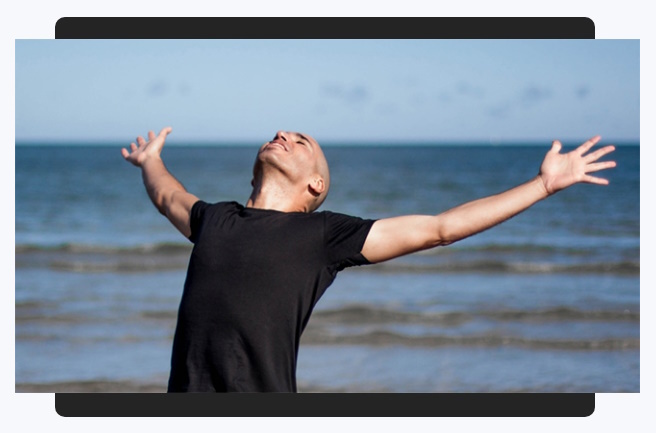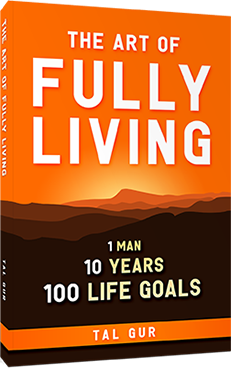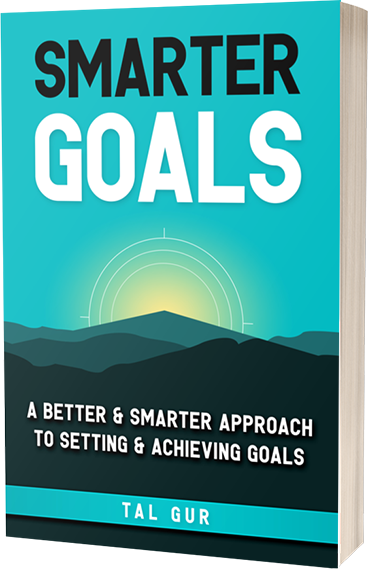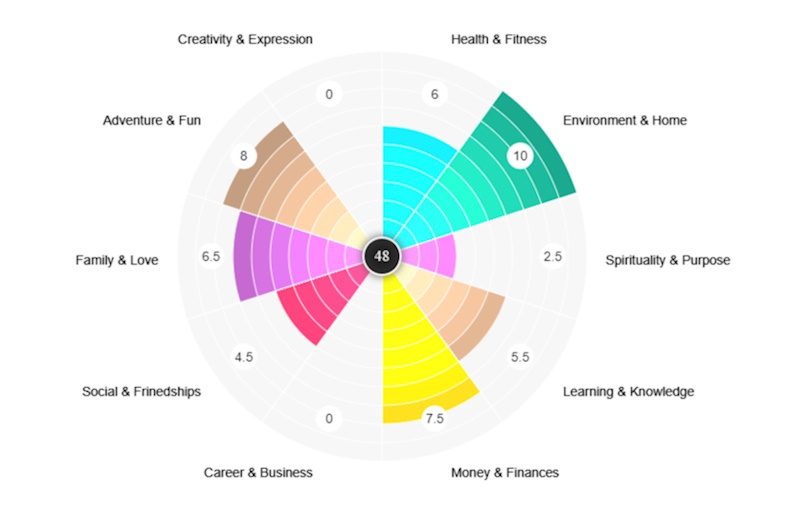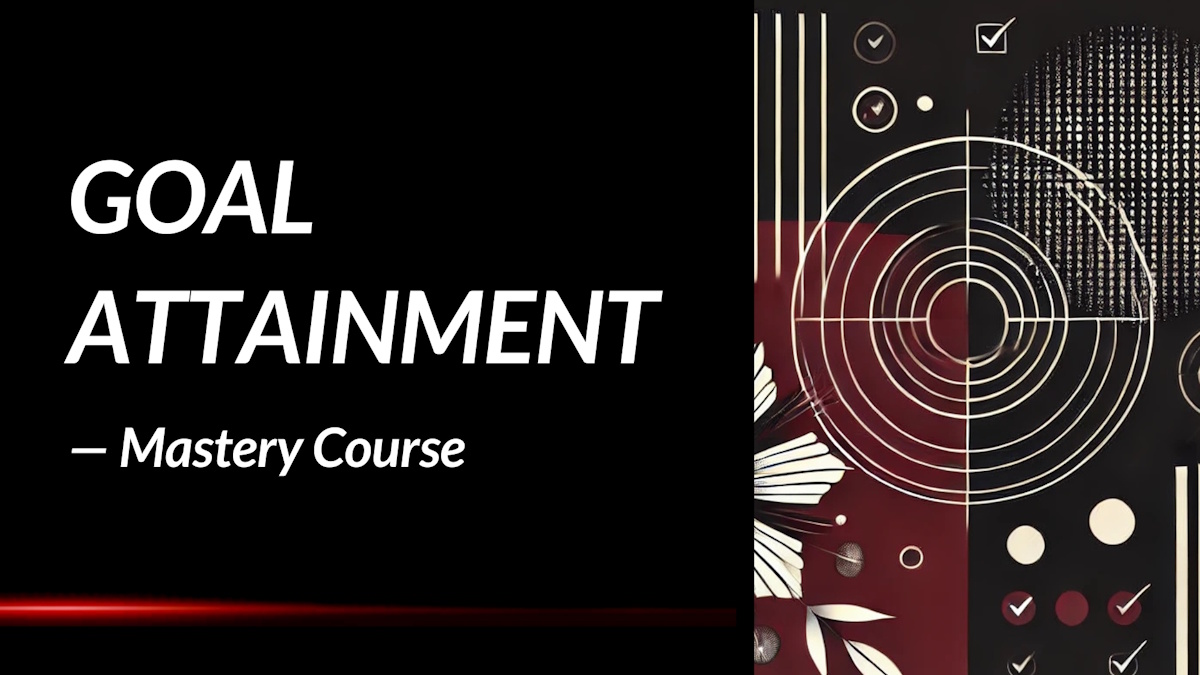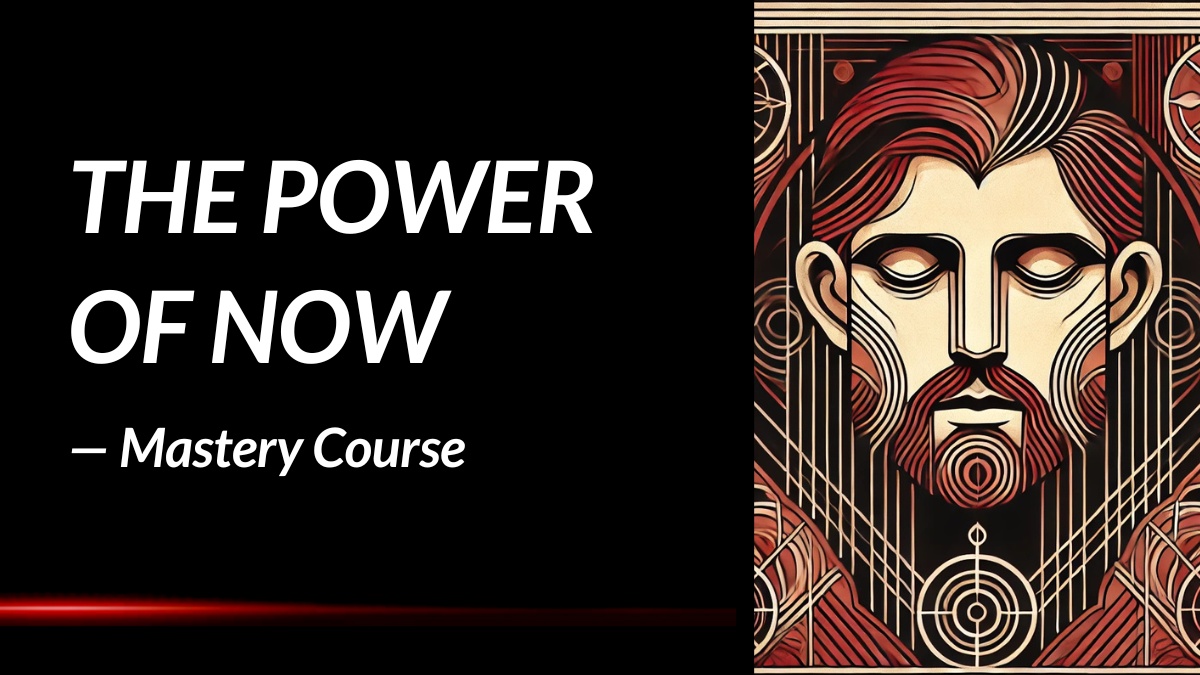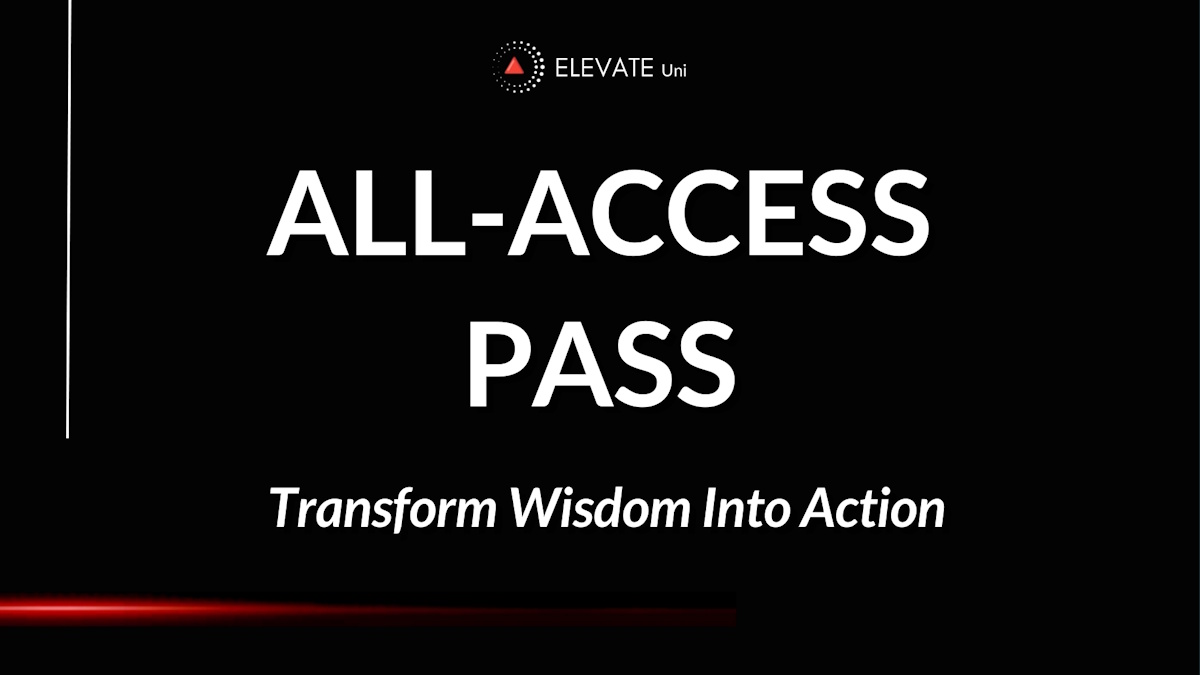Facing Life Head On: Summary Review
What if the greatest healing doesn't come from medicine, but from the way we choose to face adversity? In Facing Life Head On, Carey Portell shares her remarkable journey of resilience, revealing how courage, gratitude, and attitude can transform even the most devastating circumstances.
What is the Book About?
Facing Life Head On is a deeply personal memoir that chronicles Carey Portell’s life-altering experience after surviving a head-on collision caused by a drunk driver. The accident left her with long-term disabling injuries, thrusting her into years of physical pain, emotional turmoil, and an arduous recovery process. Through candid storytelling, Carey invites readers into her world, sharing the raw realities of her healing journey, the challenges of adapting to a new normal, and the unwavering determination that propelled her forward.
Beyond the physical recovery, the book delves into the emotional and psychological battles Carey faced. She reflects on the importance of mindset, the power of gratitude, and the role of faith in navigating life's unexpected turns. Her narrative is not just about overcoming physical limitations but also about embracing life's challenges with a positive attitude and finding purpose amidst pain.
Book Details
Print length: 208 pages
Language: English
Publication date: April 6, 2021
Genre: Memoir / Self-Help
Book Author
Core Theme
At its heart, Facing Life Head On emphasizes the transformative power of attitude in the face of adversity. Carey's story illustrates that while we cannot always control our circumstances, we can choose how we respond to them. Her journey underscores the significance of gratitude, not as a passive feeling but as an active practice that fosters healing and growth.
The book also explores the interplay between physical healing and emotional resilience. Carey's narrative demonstrates that true recovery encompasses more than just the body—it involves the mind and spirit. By sharing her struggles and triumphs, she offers a roadmap for others to navigate their own challenges, emphasizing that with the right mindset, it's possible to find purpose and joy even in the most trying times.
Main Lessons
A few impactful summary lessons from Facing Life Head On: Healing with Courage, Gratitude, and Attitude:
1. Strength is Forged Through Struggle and Suffering
Carey’s story is a testament to the transformative power of adversity. Rather than allowing tragedy to define her, she chose to rise from it, showing that true strength isn’t about avoiding pain, but about embracing the fire and emerging more powerful because of it. Her life-altering accident became the crucible that revealed her inner warrior, and through vivid storytelling, she invites readers to walk beside her through the heartbreak, fear, and ultimately, the triumph. The message is clear—resilience isn’t born in comfort, but in the storm.
2. Healing Requires Courage and Deliberate Choice
Recovery is never passive—it demands action, bravery, and a constant willingness to move forward, even when hope feels distant. Carey’s journey reveals that healing begins not just in the body but in the mind and spirit. Every step she took toward recovery was fueled by intentional choices, reminding us that courage isn’t a one-time decision but a daily commitment to face discomfort, push past doubt, and fight for progress with every ounce of strength we have left.
3. The Power of Attitude Shapes the Outcome
Throughout Carey’s narrative, one thread shines through—attitude changes everything. Her optimism wasn’t naive; it was a fierce, conscious stance against despair. Even in the darkest moments, her choice to maintain a grateful heart and a determined mindset acted like a compass, steering her away from hopelessness. Her story shows that while we can’t always control what happens to us, we can absolutely control how we respond, and that choice defines the life we lead.
4. Gratitude Is a Tool for Survival and Growth
Carey’s embrace of gratitude wasn’t just spiritual fluff—it became a real, practical force in her healing. She teaches us that being thankful doesn’t mean denying pain; it means finding the flickers of light even in the darkest nights. Gratitude became her anchor, keeping her grounded and helping her reframe her suffering as a platform for growth. Her journey shows that gratitude is not a luxury for the happy; it's a lifeline for the hurting.
5. Forgiveness Liberates More Than Just the Offender
One of the most powerful insights in the book is the emotional weight of forgiveness—not as an act of approval, but as a release of self-imprisonment. Carey’s path taught her that holding onto anger only deepened her wounds. When she chose forgiveness, she wasn’t excusing what had been done; she was freeing herself from the poison of resentment. In doing so, she found peace, proving that forgiveness is often the most courageous thing we can give ourselves.
6. Your Choices Have Rippling Consequences
The book highlights that every decision we make can drastically alter not only our lives but those around us. Carey’s story began with someone else's reckless choice, and the aftermath transformed her existence. She reminds us to be mindful that our daily actions—big or small—carry weight. Her life serves as a mirror reflecting how a single moment of poor judgment can set off a chain of events with lasting impact, but also how personal choices afterward can reclaim agency and redefine a narrative.
7. Vulnerability Creates Deep Connection and Inspiration
By opening up and sharing her raw, unfiltered story, Carey invites others to see themselves in her struggle. Her vulnerability isn’t weakness; it’s a bridge. She allows readers to witness her pain and her healing without gloss or pretense, and that authenticity is what turns her story from a personal recovery into a universal inspiration. She shows that our scars, when shared, can become maps for someone else’s survival.
8. Mindset Is the Most Critical Asset in Recovery
Beyond the physical journey, Carey’s story is a masterclass in mental resilience. Her relentless commitment to maintaining a growth mindset—even when she had every reason to give up—demonstrates the unshakable role our beliefs play in shaping our outcomes. Her refusal to be defined by limitations created the space for new strength to grow. Recovery, she shows us, isn’t just physical—it’s driven by what you choose to believe about your future.
9. Sharing Your Story Can Change Lives
Carey didn’t just survive—she turned her survival into service. By writing this book and speaking publicly, she transformed personal tragedy into a tool for collective healing. Her willingness to share deeply personal experiences becomes a source of hope for others navigating pain. It’s a reminder that our darkest moments, when shared with honesty and purpose, can become someone else’s flashlight in the dark.
10. You Can Redefine Your Identity After Loss
A profound truth woven into Carey’s narrative is the idea that you don’t have to remain who you were before everything changed. Life after trauma doesn’t mean returning to the old self—it means rebuilding into someone wiser, tougher, and more intentional. Carey reshaped her identity not in spite of her accident, but because of it. Her journey affirms that loss does not erase you; it challenges you to discover who you’re capable of becoming next.
Key Takeaways
Key summary takeaways from the book:
- Adversity can be a catalyst for personal growth and transformation.
- Gratitude is a powerful tool for healing and finding joy amidst pain.
- A positive attitude can significantly influence the recovery process.
- Support from loved ones is crucial in overcoming life's challenges.
- Sharing one's story can inspire and empower others facing similar struggles.
Book Strengths
Facing Life Head On stands out for its raw honesty and emotional depth. Carey's storytelling is both compelling and relatable, drawing readers into her world and allowing them to experience her journey firsthand. The book's blend of personal anecdotes, reflections, and practical insights makes it a valuable resource for anyone seeking inspiration and guidance during difficult times.
Who This Book Is For
This book is ideal for readers who appreciate heartfelt memoirs and are seeking encouragement in the face of adversity. It's particularly resonant for individuals dealing with physical or emotional challenges, caregivers, and anyone interested in the power of resilience and positive thinking.
Why Should You Read This Book?
Reading Facing Life Head On offers more than just a glimpse into Carey's life; it provides a testament to the human spirit's capacity to overcome. Her story serves as a reminder that while we may not choose our hardships, we can choose our response. For anyone seeking motivation, perspective, or simply a compelling read, this book delivers on all fronts.
Concluding Thoughts.
Carey Portell's Facing Life Head On is a powerful narrative that speaks to the resilience inherent in all of us. Through her candid recounting of tragedy and triumph, she offers readers a blueprint for navigating their own challenges with grace and determination.
This memoir is more than just a personal story; it's a universal message of hope and empowerment. By embracing gratitude and maintaining a positive attitude, Carey demonstrates that it's possible to find light even in the darkest of times.
→ Get the book on Amazon or discover more via the author's website or social channels.
* The publisher and editor of this summary review made every effort to maintain information accuracy, including any published quotes, lessons, takeaways, or summary notes.
Chief Editor
 Tal Gur is an author, founder, and impact-driven entrepreneur at heart. After trading his daily grind for a life of his own daring design, he spent a decade pursuing 100 major life goals around the globe. His journey and most recent book, The Art of Fully Living, has led him to found Elevate Society.
Tal Gur is an author, founder, and impact-driven entrepreneur at heart. After trading his daily grind for a life of his own daring design, he spent a decade pursuing 100 major life goals around the globe. His journey and most recent book, The Art of Fully Living, has led him to found Elevate Society.

